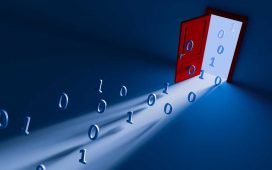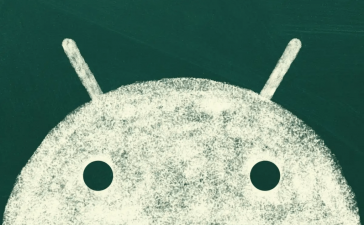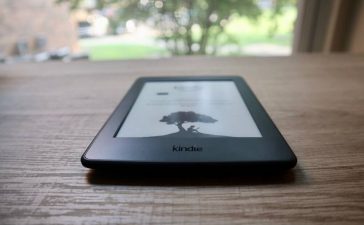I’m beginning to see articles about how generative AI technology can assist in cloud migration. We’ve already covered generative AI’s role in cloud architecture; this is really about better automating the migration of applications from enterprise data centers to public clouds.
First and foremost, I’m for anything that makes this process easier and faster. As somebody who’s pushed through a dozen or so of these migration projects, I’ve also stared at hundreds of applications and data sets that are candidates to move to “the cloud” and had to figure out the best way to do it. I would have been happy to push this problem to AI.
Migrations require a lot of busywork. For example, accessing the current state of the code, the databases, the integration mechanism, security, governance, etc., means looking at details—that is, if you want to migrate right.
Unfortunately, most enterprises skip this step entirely. They pick up the code and the data and move it to analogs on a public cloud provider. This is known as “lift and shift” and it’s often the wrong approach to migration. Many enterprises are now paying the price for this mistake.
What does GenAI offer?
Automated assessment is the more significant benefit of GenAI, in essence doing a great deal of the detail work that enterprises would prefer not to do. Generative AI can analyze an organization’s infrastructure and generate reports on the state of the code and data. This outlines the steps for successful cloud migration by providing a better understanding of the starting point.
By examining factors such as application dependencies, network configuration, and resource utilization, generative AI tools allow the migration team to better understand their infrastructure and make informed decisions about migrating specific workloads to the cloud. This step is missing from today’s approaches, not because we don’t understand how to do it, but because we’re unwilling to spend the time and the money. In that vein, any tool that makes lazy people more effective is helpful.
Generative AI-based tools can assist in identifying the most suitable cloud service providers and configurations based on an organization’s requirements. AI can analyze workload patterns, security needs, and cost considerations, ensuring an optimized cloud solution is found—tasks that can be done manually but often aren’t because of time and cost. I’m all for having GenAI pick up some of the slack.
Cloud migration involves inherent risks of data loss, security breaches, or service disruptions. Generative AI can help assess and mitigate these risks, presumably by analyzing potential vulnerabilities in the infrastructure or applications. Also, by identifying potential security loopholes and recommending necessary security measures, AI empowers organizations to secure their systems and data during migration.
One of the most critical aspects of cloud migration is data transfer without blowing things up. Generative AI can automate and simplify this process by suggesting the most appropriate data migration strategy based on data volume, sensitivity, and network bandwidth.
Finally, generative AI can evaluate existing applications and provide insights into how they can be optimized for the target cloud environments. As it analyzes code repositories and application dependencies, it can offer recommendations for refactoring or rearchitecting applications to improve performance, scalability, and cost-efficiency.
Making the lazy successful
So many cloud migrations have been botched over the past 10 years, mainly because those charged with migrating skipped this time-consuming but critical work, thus costing their enterprises much money in inefficient migrated applications and data. If GenAI-enabled tools can make that work happen, even automate it, it will be a win for GenAI and those using the tools.
Of course, some of us actually have been doing the heavy lifting, analyzing, refactoring, and optimizing for cloud deployments. We may look at GenAI as just automating what we’ve already been doing, and that’s true. Yes, some of us have been doing things right, but now we can automate many of those tasks and do them even better. Still a win.
In essence, it levels the playing field with those who do the hard work. It’s a funny world we live in, but if it makes things better, I’m all for it.
Copyright © 2023 IDG Communications, Inc.












